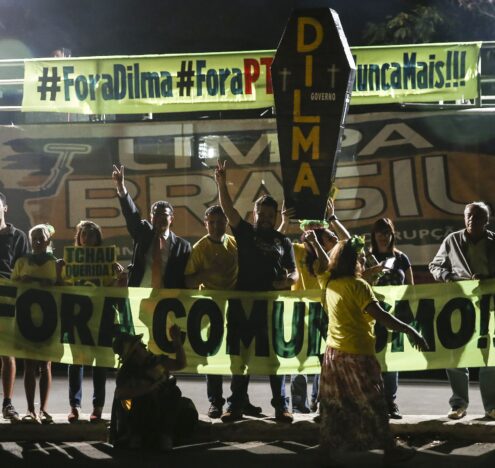In Italian Political Science, Francesco Barilà Ciocca, and Massimo Prearo look at the evolution of LGBTQ policies in Italy — and their evolution within the European Union and the framework it provides. The authors look at three major policy programs to examine the interplay between national and European influences; the impact of LGBTQ groups; and the impact of “policy paradigms,” or frameworks for ideas and standards that guide both the goals for policies and the tools that can be used to achieve those goals.
The authors explain that, existing within the European context, Italy is beholden to certain legal responsibilities and standards with respect to anti-discrimination regarding sexual orientation and gender identity, the latter being a more recent development than the former in all areas of life, though, originally, the focus was on the workplace.
Problems and Policies
The authors hold that, when one looks at changes in European law and standards from 2000 to 2020, one can see a paradigm shift, which, they argue, had a direct impact on the context of relevant policies in Italy. To take one example, in 2003, Italy incorporated an EU directive from 2000 into a law introducing sexual discrimination as a workforce discrimination category; to take another, in 2014, Italy launched a widespread poverty reduction program, and in 2016, that program got funding for measures to improve marketplace inclusion of LGBTQ people. And the 2022-2025 National LGBT+ Strategy “is unequivocally a byproduct of a European policy reference. Not only is the 2020-2025 European LGBT+ Strategy taken as a model and referenced, but its structure is also directly mirrored.”
The findings suggest that there is a coexistence between external and internal pressures.
The questions the authors applied to the policy programs were: “What is the problem represented to be in a specific policy or policies? (Articulated in terms of diagnosis and prognosis); In what national and transnational conditions was the policy produced?; What institutional arrangement birthed the policy? What role did LGBT+ groups play?; and Was the policy operational until its due term?”
They looked at each policy separately across these questions.
European Influence
The authors conclude that two factors emerge: involvement of LGBTQ groups makes a difference in idea and concept formation, and a higher degree of involvement from these groups helps policies better fit the EU framework; and European influence was an “equally decisive factor.”
The findings suggest that there is a coexistence between external and internal pressures: that is, those from the European Union and those from Italian LGBTQ groups. But they feel further research could be broader in its analysis to “capture how LGBT+ issues are addressed by social, political, and institutional actors, for instance during legislative or parliamentary debates,” for example.
They also suggest comparative research within the European context, which could help enhance understanding of how paradigm shifts in LGBTQ policy do — and don’t — occur.





















